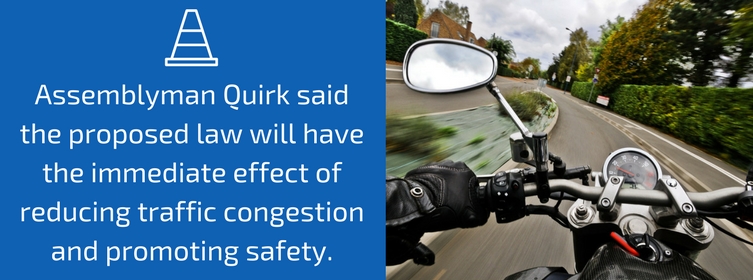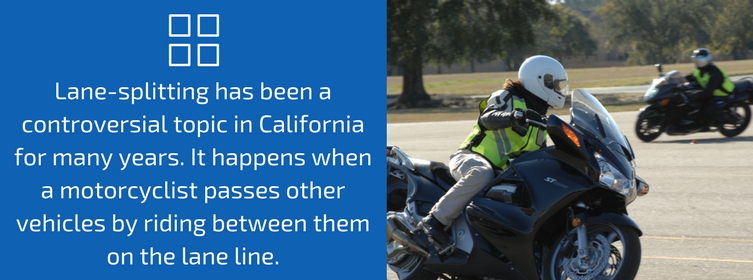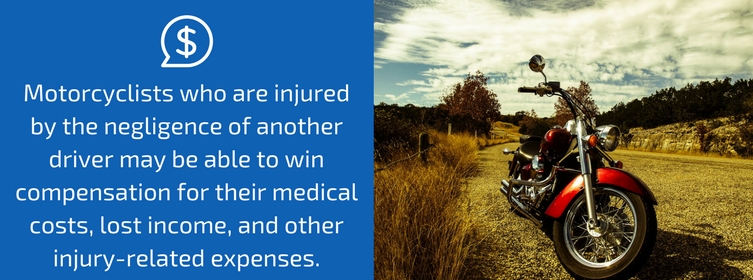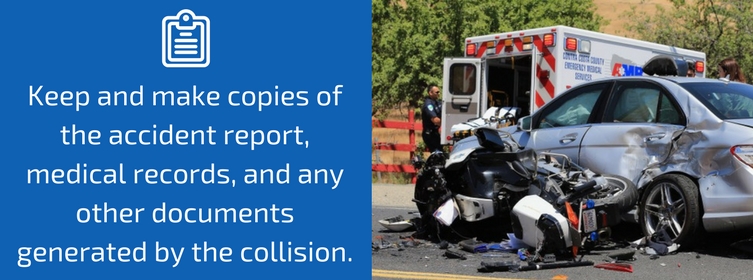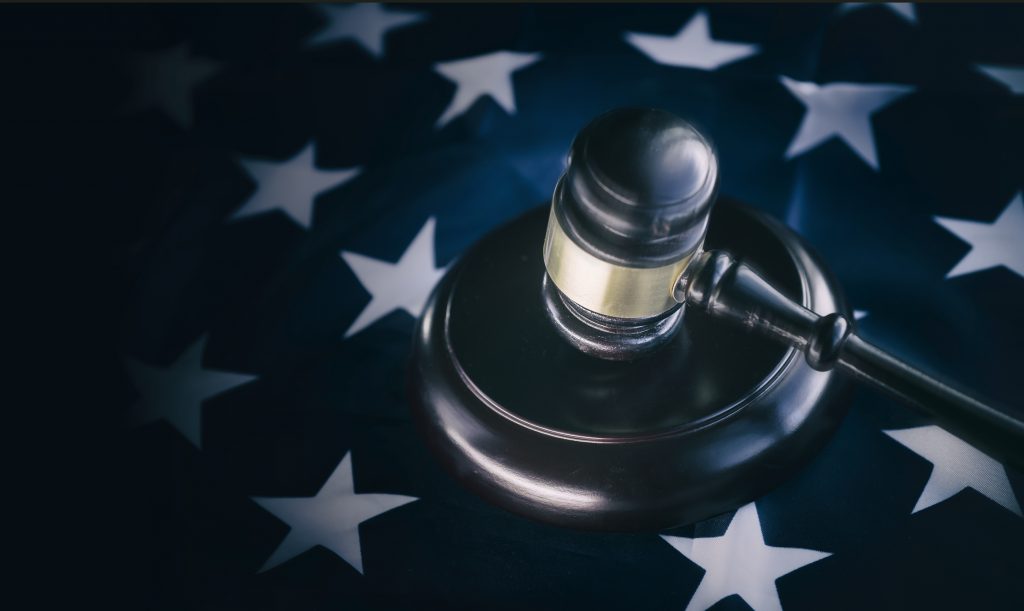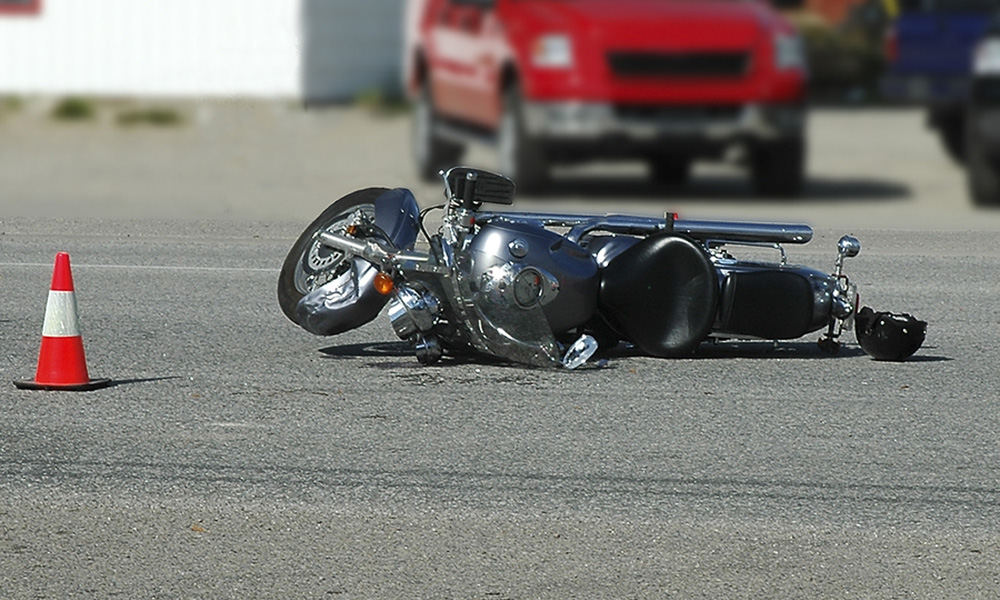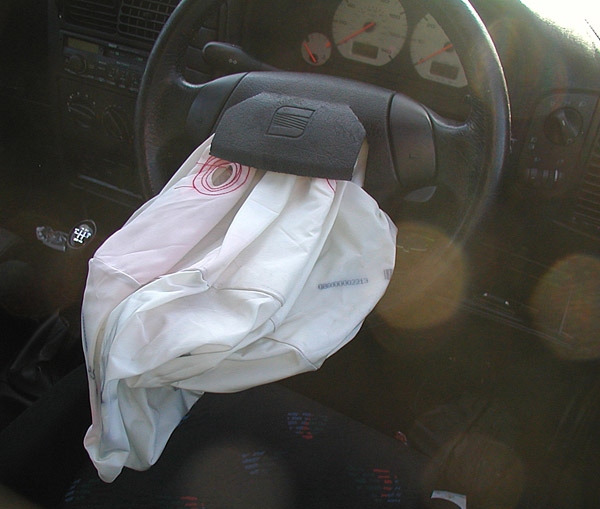When a motorcyclist rides between lanes or tries to maneuver between lanes in a traffic jam, it’s usually a dangerous move. Truck and automobile drivers expect motorcyclists to be inside of a lane and not between two lanes. California, however, is now the first state in the nation to legalize the practice of lane-splitting after California State Assembly members approved legislation in 2016 authorizing the California Highway Patrol (CHP) to establish guidelines for motorcyclists to lane-split safely.
The legislation, Assembly Bill 51, sponsored by Assemblyman Bill Quirk of Hayward, was approved unanimously and signed by Governor Jerry Brown late in 2016. Assemblyman Quirk said the proposed law will have the immediate effect of reducing traffic congestion and promoting safety. “No issue is more important to me than roadway safety,” Quirk told the Los Angeles Times.
PRECISELY HOW IS “LANE-SPLITTING” DEFINED?
Lane-splitting has been a controversial topic in California for many years. It happens when a motorcyclist passes other vehicles by riding between them on the lane line. Technically, lane-splitting has not been either legal or illegal in California. Instead, it fell into a murky legal area where – for the most part – it was “treated” as legal by police agencies. But when the California Highway Patrol issued strategies for safe lane-splitting back in 2015, at least one California citizen disputed the agency’s right to create public policy independently. That’s when Assembly Bill 51 emerged.
Assemblyman Quirk’s first version of the legislation proposed that lane-splitting should be allowed only when a motorcycle is moving no more than 15 miles per hour faster than the surrounding traffic, and it banned lane-splitting at speeds over 50 miles per hour. However, a number of motorcyclists’ organizations opposed that language and particularly complained that the speed limit was too low. Others believe that lane-splitting is dangerous in all situations and opposed the proposal on that basis.
Assemblyman Quirk’s revised version of the bill sailed through the state legislature. It precisely defines what a “lane” is and leaves the rest to the California Highway Patrol. Nicholas Harris, speaking for the American Motorcyclist Association, said, “We think it’s a great idea. It will give the CHP the authority it needs to educate the drivers and riders of California on the safe guidelines.”
WHAT GROUPS SUPPORTED ASSEMBLY BILL 51?
The new statute defines lane-splitting as “driving a motorcycle … that has two wheels in contact with the ground, between rows of stopped or moving vehicles in the same lane, including on both divided and undivided streets, roads, or highways.” The statute lets the CHP determine when lane-splitting is and isn’t safe. The proposal gained support from the American Motorcyclist Association, the Motorcycle Industry Council, and the California chapter of ABATE, a group primarily noted for its vocal opposition to motorcycle helmet laws.
However, not everyone is pleased with the passage of Assembly Bill 51. San Diego resident Dave Jordan told NBC San Diego, “I think it’s crazy.” Kyle Hickey, a mother of three, fears that legal lane-splitting compromises safety and will mean more accidents. “No, I don’t think it’s in their best interest at all,” Ms. Hickey told NBC. “I’m in a huge vehicle, they’re on a very small motorcycle.”
Motorcyclists who are injured by the negligence of another driver may be able to win compensation for their medical costs, lost income, and other injury-related expenses. In Southern California, an experienced Pasadena personal injury attorney can work to protect your rights and win the maximum compensation for a motorcyclists’ injured by a negligent motorist. Your attorney will see to it that the driver responsible for your injuries meets his or her full legal responsibilities.
According to the National Highway Traffic Safety Administration, motorcyclists in the U.S. are 26 times more likely to be involved in a fatal collision than automobile drivers and are five times more likely to be injured. Motorcycles comprise only about three percent of all vehicle registrations in the United States, but about 15 percent of the fatalities in highway collisions are motorcyclists or their passengers.
WHAT ARE THE LEADING CAUSES OF MOTORCYCLE COLLISIONS?
Lane-splitting can easily cause serious collisions because it reduces a motorcyclists’ maneuverability. It is impossible from some angles to see a motorcyclist between two automobiles, and a lane-splitting motorcyclist can easily move into a driver’s blind spot. When you operate a motorcycle, it’s always best to presume that other drivers cannot see you unless they indicate to you that they can. Lane-splitting is one of the top five reasons behind motorcycle accidents. Motorcyclists should also know the other leading causes of collisions:
1. Vehicles Making Left Turns: This is the riskiest situation motorcyclists must deal with. In 42 percent of all motorcycle-automobile collisions, someone was making a left turn.
2. Road Debris: Potholes, oily pavement, and unexpected objects on the road pose a serious safety threat to motorcyclists.
3. Inexperience: Becoming an experienced motorcyclist takes considerable time and effort. Until you master motorcycling, stay off away from busy streets and highways.
4. Negligence: A substantial percentage of motorcycle collisions happen because the motorcyclist rider was either speeding, reckless, or under the influence of alcohol or drugs. While speeding and alcohol are responsible for all kinds of traffic crashes, the injuries in a motorcycle wreck are apt to be far more serious or even fatal.
If you’re injured in a motorcycle accident in Southern California, do not admit any fault or agree to any settlement prior to consulting a good personal injury lawyer. If you can, take photographs of your injuries and the vehicle damages. After a motorcycle accident, seek medical attention at once, obtain the other driver’s insurance information, and call the police – you’ll need a copy of their accident report. Keep and make copies of the accident report, medical records, and any other documents generated by the collision. Don’t even speak to an insurance adjuster; contact an experienced Pasadena personal injury attorney who will do the negotiating on your behalf.
Motorcycles are popular and economical. They’re also great fun and delightful entertainment, but they entail serious responsibility. If you own a motorcycle, or if you are thinking about buying a motorcycle, consider taking a motorcycle safety course, never ride without a helmet, and make certain that you are clearly visible if you must ride at night. As the old saying goes, “The life you save might be your own.”


